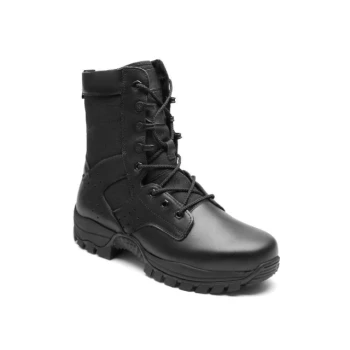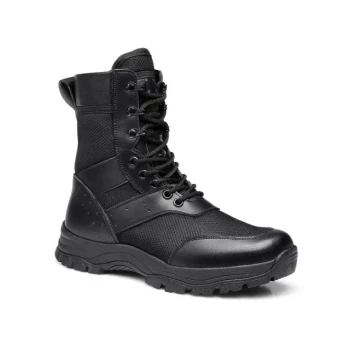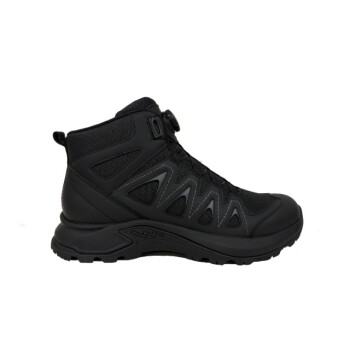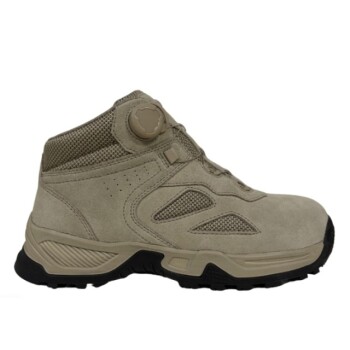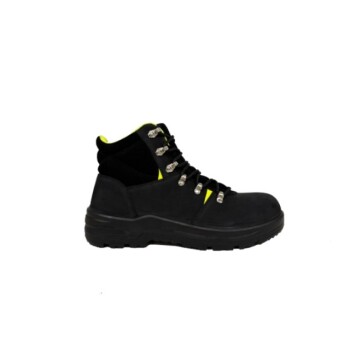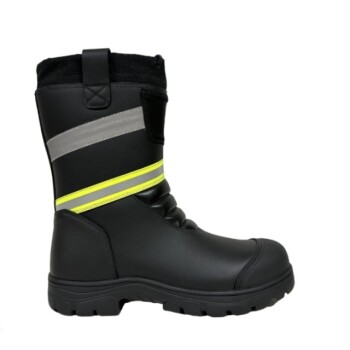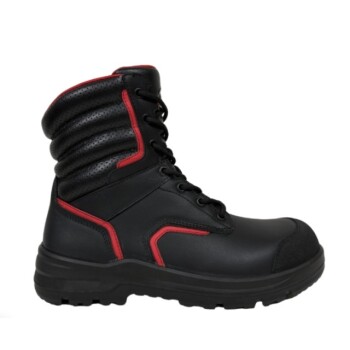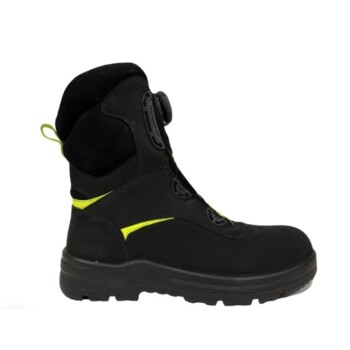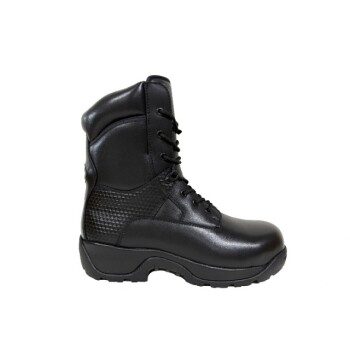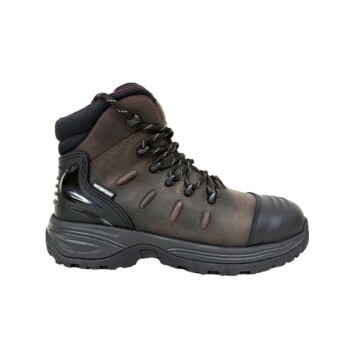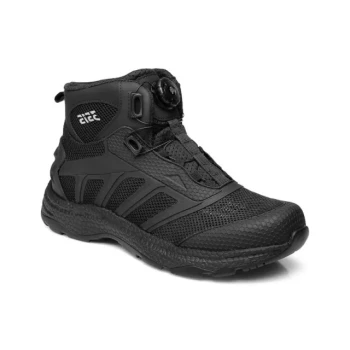The primary types of shoe soles discussed are wood, rubber, crepe, foam, leather, and cork. Each of these materials offers a distinct profile of advantages and disadvantages, meaning no single type is universally superior. The ideal choice depends entirely on your practical needs and stylistic preferences.
Choosing the right shoe sole isn't about finding the single "best" material. It's about understanding the fundamental trade-off between function and form, then matching the sole's characteristics to the shoe's intended purpose.
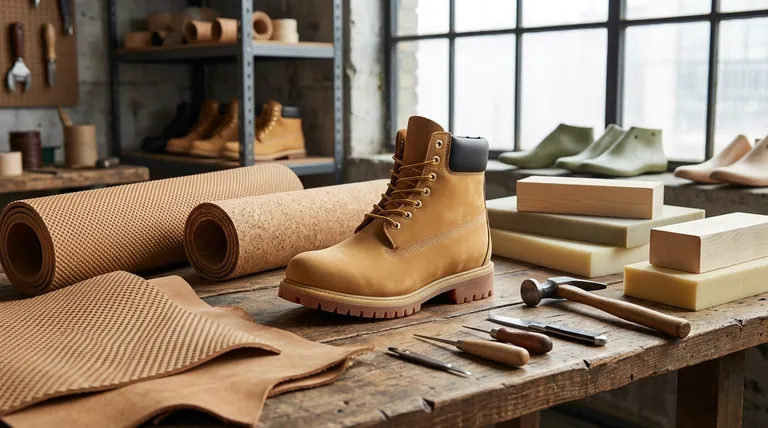
The Core Divide: Practicality vs. Aesthetics
The most significant distinction among sole types is often between those designed for practical, everyday use and those chosen for their classic, formal appearance.
The Workhorses: Rubber and Foam
Rubber and foam soles are consistently recommended for daily wear. They are engineered to provide stability, mobility, and all-around support.
These materials excel in practical applications, making them the default choice for casual and performance-oriented footwear.
The Classic Standard: Leather
Leather soles are considered the undisputed king of elegance. Their sleek profile provides a classic and formal aesthetic that cannot be replicated by other materials.
This makes leather the go-to for dress shoes and formal occasions, where appearance is the highest priority.
Understanding the Trade-offs
Every material choice involves a compromise. Recognizing these trade-offs is key to avoiding dissatisfaction with your footwear.
Formality vs. Function
While leather offers unparalleled style, it is generally less suited for all-weather conditions or high-impact activities compared to rubber.
Rubber soles are typically associated with more casual dress, but this should not be mistaken for inferiority. For comfort and durability, they are often the superior functional choice.
The "Best" is Contextual
The idea that one sole is universally better than another is a misconception. A leather sole on a running shoe would be a failure, just as a thick rubber sole would ruin the elegance of a formal tuxedo shoe.
The material must match the mission of the footwear.
Making the Right Choice for Your Goal
Use these simple guidelines to select the sole that best aligns with your needs.
- If your primary focus is formal elegance: Leather soles offer a classic, sophisticated aesthetic that is unmatched for dress shoes.
- If your primary focus is all-day comfort and support: Rubber or foam soles provide the stability and mobility required for daily, practical wear.
- If your primary focus is a versatile balance: Combination soles that merge different materials can offer a compromise between style and function.
Understanding these core material differences empowers you to select footwear that truly serves its purpose.
Summary Table:
| Material | Best For | Key Characteristics |
|---|---|---|
| Rubber | Daily wear, comfort, support | Durable, stable, weather-resistant |
| Foam | All-day comfort, mobility | Lightweight, cushioned, flexible |
| Leather | Formal elegance, dress shoes | Sleek, classic, sophisticated |
| Cork | Comfort, moldable fit | Natural, lightweight, conforming |
| Crepe | Casual style, flexibility | Soft, textured, comfortable |
| Wood | Unique aesthetic, firm base | Rigid, distinctive, less common |
Need the Perfect Sole for Your Footwear Line?
As a large-scale manufacturer, 3515 produces a comprehensive range of footwear for distributors, brand owners, and bulk clients. Our production capabilities encompass all types of shoes and boots, ensuring you get the right sole material for your target market—whether it's durable rubber for everyday wear or elegant leather for formal collections.
Let’s create footwear that balances style, comfort, and purpose. Contact us today to discuss your manufacturing needs!
Visual Guide
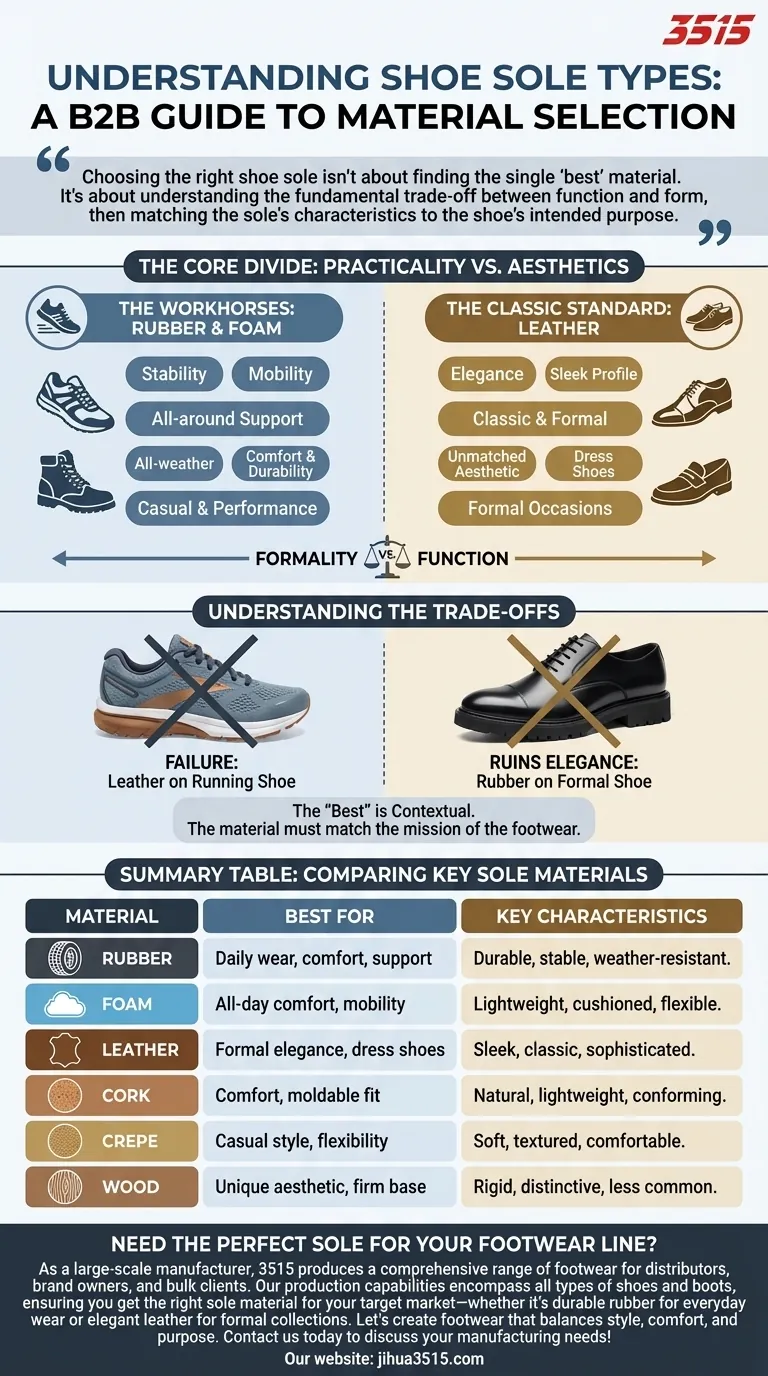
Related Products
- Durable Leather Work Boots Wholesale Manufacturer & Custom Factory
- Durable Leather Tactical Boots Wholesale & Custom Manufacturing for Brands
- Durable Goodyear Welt Leather Work Boots for Wholesale & Private Label
- Durable Leather Work Boots for Wholesale & Custom OEM Manufacturing
- Durable Leather High-Ankle Tactical Boots for Wholesale & Custom Manufacturing
People Also Ask
- What are the key benefits of wearing cowboy boots? From Durability to Style & Posture Support
- What are the steps for caring for engineer boots to ensure longevity? A Guide to Decades of Wear
- How do cowboy boots connect to cultural heritage? Uncover the Symbolism of the American West
- Is it normal to wear shoes in the house? A Guide to Hygiene, Comfort & Culture
- What are the cultural perspectives on wearing shoes in the house? A Guide to Home Etiquette & Hygiene

